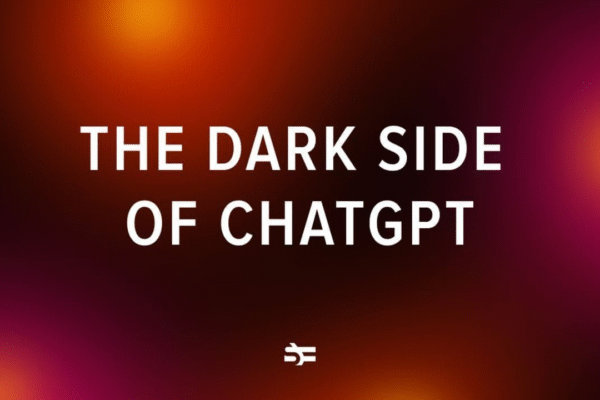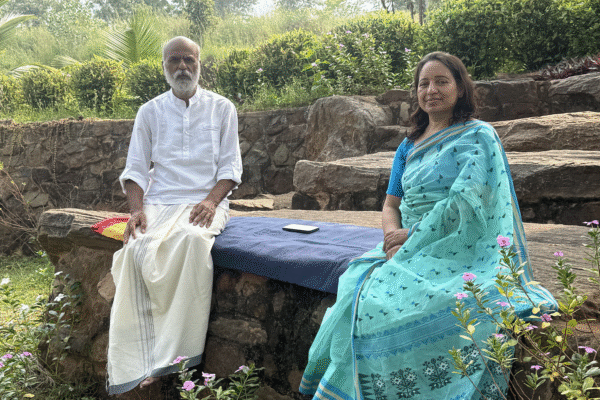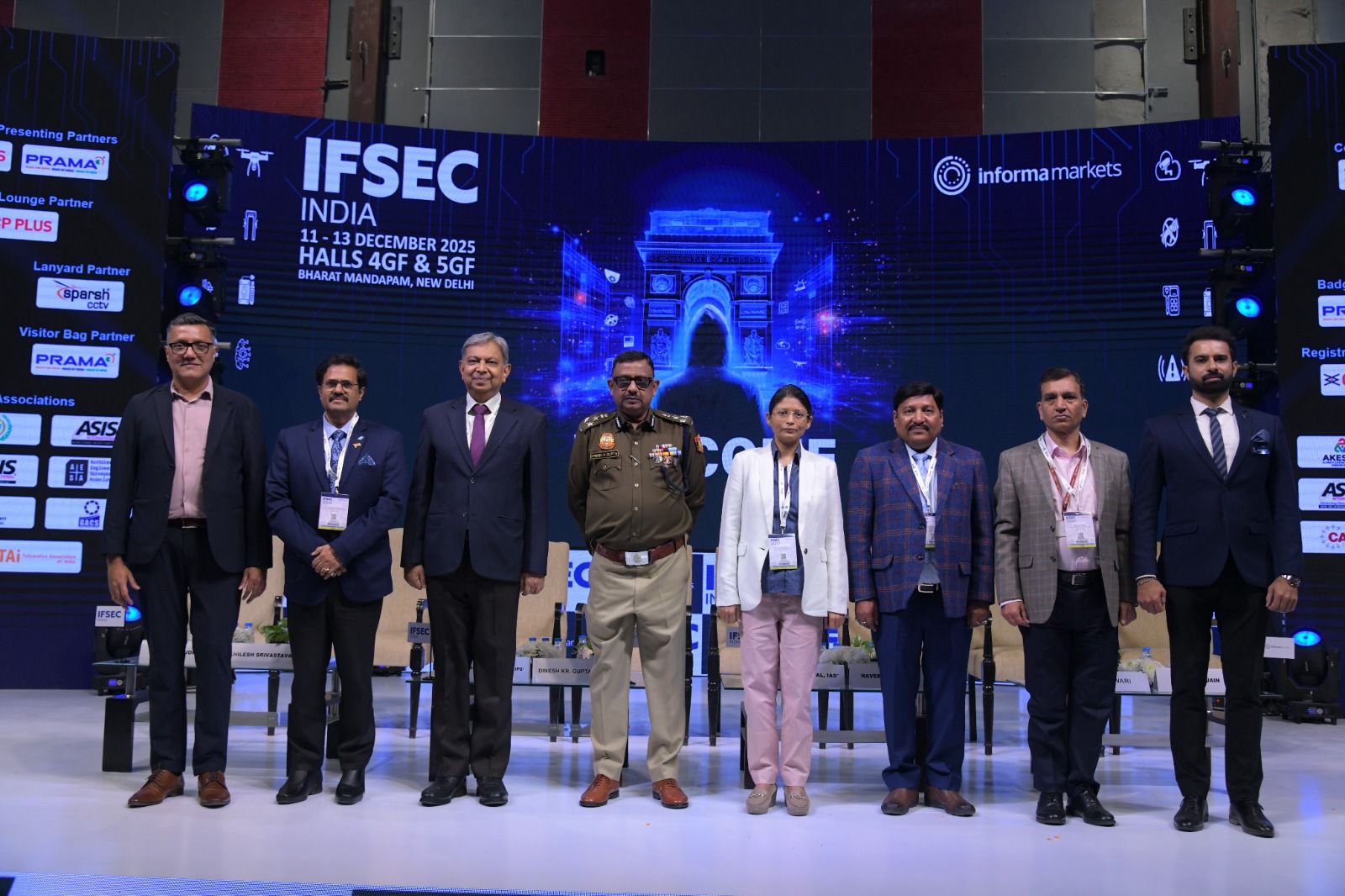

Jojari River Pollution While Ganga and Yamuna Sparks Concern
The Supreme Court of India slammed the Rajasthan government for decades of neglect over the Jojari river. In a ruling issued in November 2025, the bench said almost two million people faced danger from industrial waste and untreated sewage flowing into the Jojari, Bandi and Luni river systems. The court described the state’s response as “belated and inadequate” and formed a high-level expert panel to craft a time-bound clean-up blueprint. Live Law
That verdict does not just expose a single river’s crisis. It highlights a structural challenge across Indian rivers: how governance, industry and waste management interplay. To understand the scale and nature of the problem, comparing Jojari’s breakdown with the pollution levels in the Ganga and Yamuna offers insight into the different dimensions of India’s river-pollution problem.
Jojari’s Collapse vs Ganga and Yamuna’s Stress
Jojari flows through the industrial zones of Jodhpur, Pali and Balotra in western Rajasthan. It has become a toxic drain rather than a water resource. The Supreme Court found that common effluent treatment plants were bypassed and untreated discharge entered the river daily. Local reports say over 700 factories dumped chemical-laden wastewater, farm-lands turned barren and villagers abandoned homes near the river.
In contrast, the Ganga and the Yamuna face pollutant loads on a much larger scale but through different mechanisms. For example, during the recent Maha Kumbh 2025 monitoring, the CPCB found faecal coliform counts in the Ganga rising to 11,000 MPN/100-ml at Sangam and 7,900 MPN/100-ml at another ghat — far above the safe limit of 2,500. India Water Portal On the Yamuna side, monitoring showed faecal contamination reaching levels hundreds of times the safe limit as the river passed through Delhi.
Key difference: Jojari’s crisis emerges from industrial neglect in a confined region; the Ganga and Yamuna struggle under urban, agricultural and ritual loads across sprawling basins. Yet all three share a fatal flaw: the system fails where unchecked discharge meets weak enforcement.
Why Comparison Matters & What It Teaches
First, the Jojari case demonstrates what happens when regulation collapses and industrial discharge runs unchecked year after year. The apex court called it a constitutional injury under Article 21 (right to life). The Pioneer+1 That helps us see the full scale: the disease burden, groundwater contamination, agricultural collapse and human distress in one region serve as a micro-cosm for national river challenges.
By contrast, the Ganga and Yamuna face pollution in more visible, politicised ways. The Ganga receives heavy ritual use, agricultural runoff and untreated sewage from numerous towns. Although some stretches now meet norms (for example DO, BOD, FC under monitoring), many segments remain critically polluted. Press Information Bureau he Yamuna shows almost zero dissolved oxygen in parts of Delhi, highlighting how urban drainage, stunted flow and sewage overload degrade a river fast.
Second, geography and scale matter. A river like Jojari suffers in an industrial corridor. But a mega‐river like the Ganga flows through many states, making coordination far harder. The Yamuna suffers a bottleneck of urban discharge through one major city—Delhi—but that overload becomes concentrated and lethal.
Third, governance and response timelines differ. In the Jojari case, decades of neglect triggered the court’s suo moto intervention. In the Ganga and Yamuna, many programmes exist (for example, the Namami Gange mission), but outcomes often lag. All three show that infrastructure alone (treatment plants, interventions) cannot substitute for real enforcement, monitoring and local accountability.
The danger to two million lives along the Jojari river is a stark warning. It reveals how quickly a river becomes a threat when industrial and municipal waste runs unchecked. Comparing that with the Ganga and Yamuna reveals two other truths: one, large rivers can hide pollution for years under the veneer of grandeur; and two, urban corridors can collapse rapidly when discharge exceeds capacity.
India’s river-cleanup agenda must learn from all three. The Jojari case says: catch the failure early, before damage becomes irreversible. The Ganga and Yamuna say: scale, complexity and coordination matter. Clean water demands not just money and schemes but rigorous enforcement, independent monitoring and political follow-through.
In the end, whether it’s Jojari or the Ganga or Yamuna, the question remains: will the state treat rivers as lifelines or liabilities? The answer will mark how India treats the right to clean water, safe environment and dignity for millions.

A seasoned journalist with over 30 years of rich and diverse experience in print and electronic media, Prabha’s professional stints include working with Sahara English Magazine, Pioneer and JAIN TV and All India Radio. She has also been writing in Pioneer. She has also produced several documentary films through her self-owned production house Gajpati Communications. She is also the Station Director of Aligarh-based FM Radio Station, and the General Secretary of WADA NGO.









